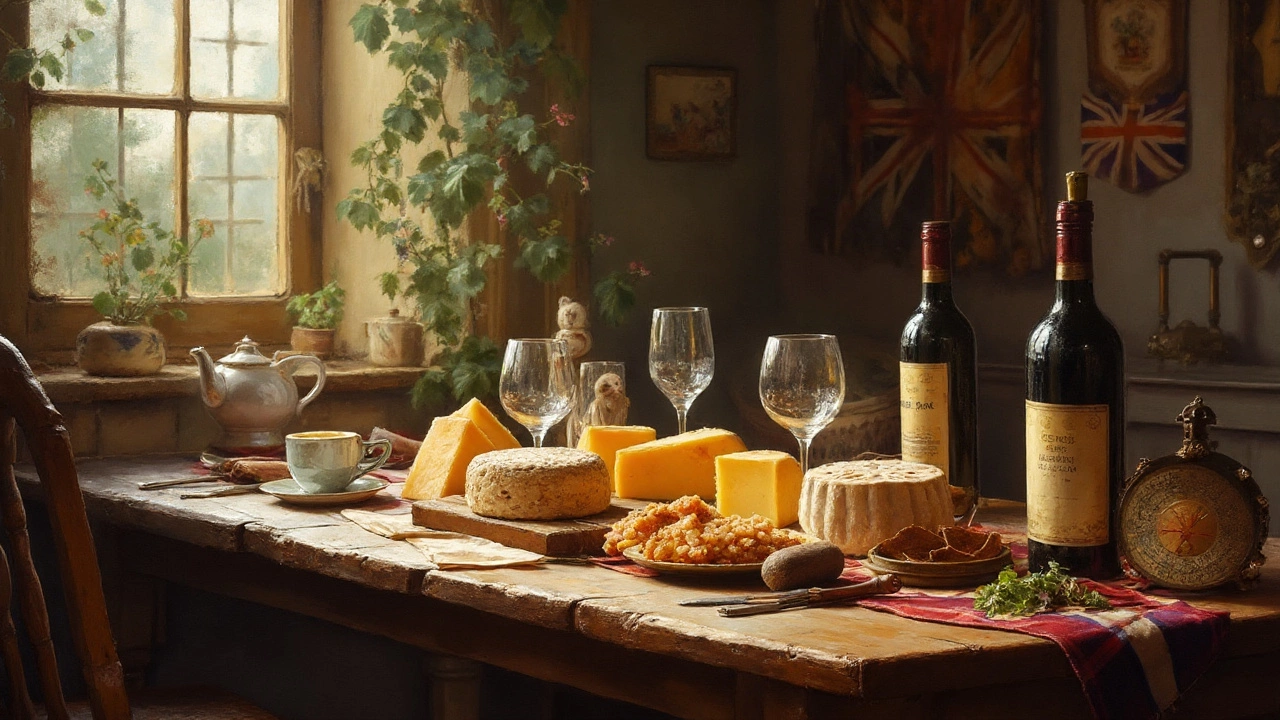Why Cheese with Wine? The Simple Reasons You’ll Love
Ever wonder why a cheese board feels natural at a wine night? It’s not just tradition – the flavors, textures, and even the chemistry play together in a way that makes both taste better. Below you’ll find the real reasons behind the match and a few no‑fuss ideas you can try right now.
The science behind the match
Cheese is full of fat and protein, while wine brings acidity, sugar, and tannins. The acid in wine cuts through the richness of cheese, cleaning your palate so you can taste the next bite. Tannins, especially in red wines, bind to the proteins in cheese, softening the mouthfeel and reducing that astringent bite.
Another key player is salt. Most cheeses are salty, and a splash of wine’s acidity balances that salt, making the flavors pop. The same principle works the other way: a slightly sweet wine can tame a sharp cheese, while a crisp white can lift a buttery cheese.
The temperature matters too. Serve wine a little cooler than room temperature and let cheese sit out for about 30 minutes. The warmth helps the cheese release its aroma, and the cooler wine stays bright, keeping the pairing lively.
Easy pairing tips for everyday
Don’t overthink it – start with what you already have. Soft cheeses like Brie or Camembert love a light white such as Sauvignon Blanc or a fruity rosé. The bright acidity matches the creamy texture without overwhelming it.
Hard cheeses like cheddar, gouda, or Parmesan pair well with fuller reds like Cabernet Sauvignon or Syrah. The robust tannins cut through the dense protein, while the wine’s fruit notes complement the cheese’s nuttiness.
If you’re into blue cheese, reach for a sweet wine like Port or a late‑harvest Riesling. The sweetness balances the sharp, salty bite, creating a pleasant contrast.
For a quick snack, grab a handful of grapes, a few crackers, and a block of your favorite cheese. Pair it with a glass of your go‑to wine and you’ve got a mini tasting session that feels fancy without the hassle.
Remember, the best guide is your own palate. Take a bite, sip, and notice how the flavors change. If something feels too sharp, add a drizzle of honey or a slice of apple. If the wine feels too bitter, a pinch of sea salt on the cheese can smooth it out.
In short, cheese and wine work together because their core elements – fat, protein, acid, tannin, and salt – play off each other. Use a few basic rules, trust your taste buds, and you’ll always have a pairing that feels right.
Discover the fascinating reasons behind the classic cheese and wine pairing, with historical secrets, modern science, expert tips, and surprising flavor hacks.
View Details

